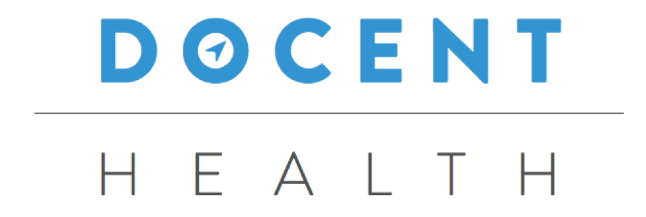Government initiatives and regulations are pushing a shift toward growing investments in cloud technology.
One of the biggest expenses for hospitals and medical practices in the current landscape is healthcare technology. Evolving regulatory changes like Meaningful Use and the Affordable Care Act are pushing increased adoption of electronic health records (EHRs) and other tech innovations like mobile devices and the cloud. Nearly all medical organizations are having internal conversations about technology implementation and investment and the number of those taking action is growing.
According to a report from global research firm Frost & Sullivan, the healthcare cloud market in the U.S. and Europe is one of the fasting growing areas of healthcare IT investment. Through 2020, the average penetration rates are expected to increase by 10 to 30 percent. This will happen as more organizations look to use a cost-efficient, secure cloud system for effective documentation, storage, management and data sharing.
At the end of 2013, the U.S. healthcare cloud market generated $903.1 million in revenue. It is estimated that by 2020, the market will increase to $3.54 billion. This includes the infrastructure-, platform- and software-as-a-service segments.
“Government initiatives to optimize healthcare information exchanges have underlined the importance of synchronized real-time data management and personalized healthcare delivery, lending impetus to the healthcare cloud market in the U.S. and Europe,” Research Analyst and one of the authors of the study Shruthi Parakkal, said in the report. “Operational efficiency, lower upfront costs, access to on-demand capacity, quick deployment and easier management of IT staff are the major advantages strengthening the case for managed healthcare services.”
There are two other factors that will have a high impact on growth. They include:
•Rise of chronic disease management and remote patient monitoring with expansion of healthcare delivery to include home and community care apart from hospitals.•Conversion of capital expenses to operational expenses.
Despite the clear increase in spending, there are some challenges to adoption. The report found that security, privacy and performance are slowing down the cloud adoption rate. Another major hurdle is the lack of standardization in legacy systems that can make a data migration expensive and cumbersome.
Parakkal said that availability, scalability and reliability are the bench performance criteria used to benchmark a cloud solution. When industry experts are able to develop contracts between vendors and providers that cover the conditions of data access, retrieval and termination rights will accelerate the move to cloud solutions in the U.S.
A number of CEOs were also interviewed in the study and several common threads were discovered. These include using the cloud to meet infrastructure requirements mandated by regulations and to cope with rising costs; data security and compliance (HIPAA and HITECH) are top driving factors; and vendors offering HIPAA-compliance services and telecommunication companies with existing infrastructure and competencies will emerge as market growth leaders.


















